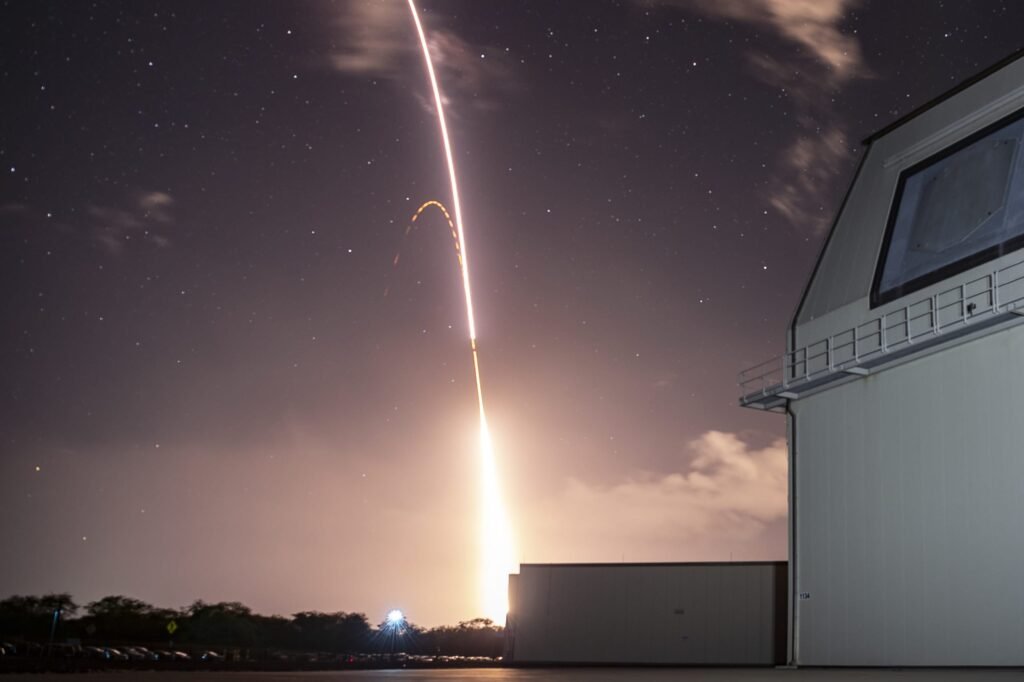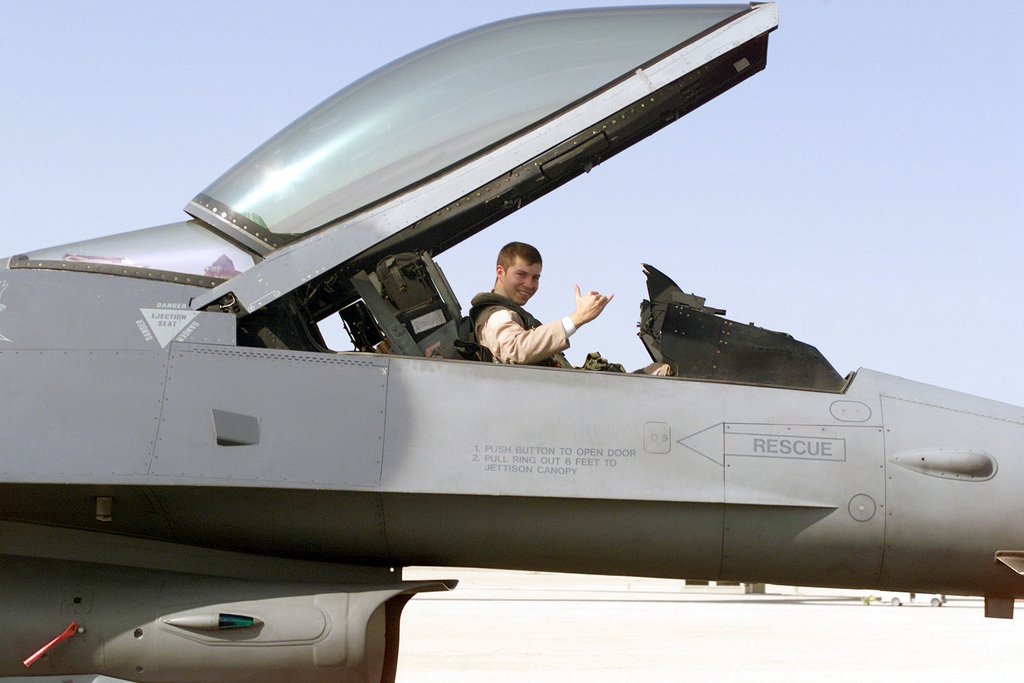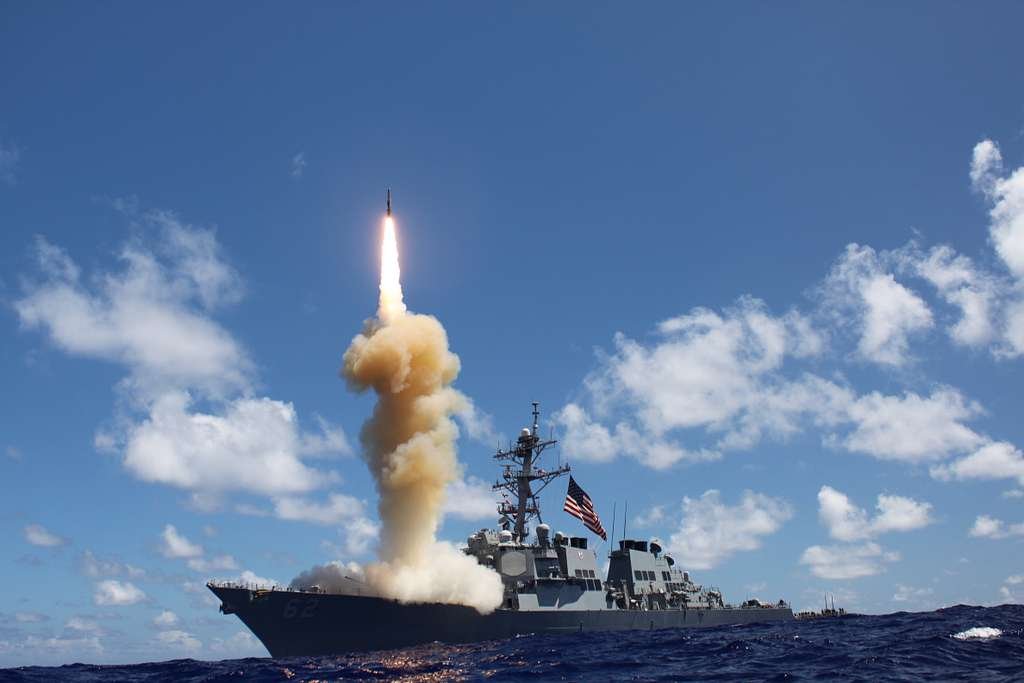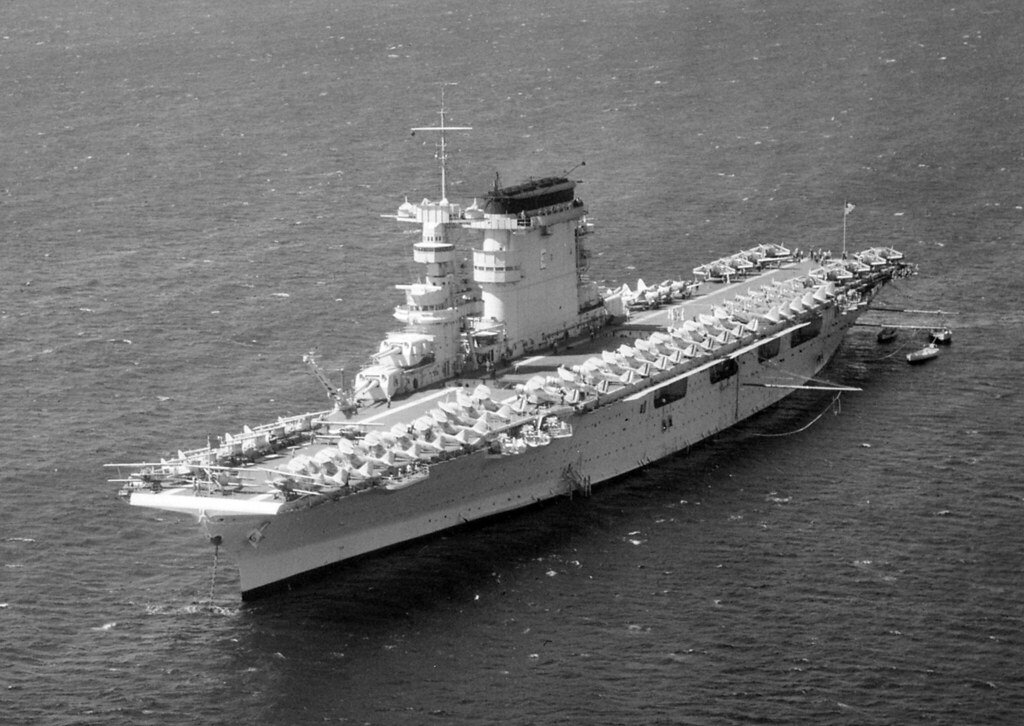Ballistic missile defense (BMD) has been a critical aspect of the United States national security strategy since the end of World War II. The need to protect the nation and its allies from the potential threat of ballistic missile attacks has driven decades of research, development, and deployment of various missile defense systems. This blog post provides a comprehensive and detailed exploration of the US Ballistic Missile Defense timeline, spanning from 1945 to the present day, shedding light on the key milestones, challenges, and technological advancements that have shaped this crucial aspect of US defense strategy.
Table of Contents
What are the US’s latest ballistic missiles?
The United States had several ballistic missiles in its arsenal. Some of the notable ballistic missiles in the US arsenal at that time included:

1. Minuteman III (LGM-30G)
The Minuteman III is an intercontinental ballistic missile (ICBM) that forms the land-based leg of the US nuclear triad. It has been in service since the 1970s but has undergone various upgrades to extend its operational life and maintain its reliability.
2. Trident II D5 (UGM-133A)
The Trident II D5 is a submarine-launched ballistic missile (SLBM) deployed on Ohio-class submarines. It serves as a key component of the US Navy’s sea-based strategic deterrent.
3. Ground-Based Midcourse Defense (GMD)
The GMD system is designed to intercept and destroy incoming ballistic missiles during their midcourse phase. It includes Ground-Based Interceptors (GBIs) deployed in Alaska and California.
4. Standard Missile-3 (SM-3)
The SM-3 is part of the Aegis Ballistic Missile Defense system and is primarily used for missile defense against short to intermediate-range ballistic missiles. It is launched from Aegis-equipped Navy ships.
5. Terminal High Altitude Area Defense (THAAD)
The THAAD system is designed to intercept and destroy short, medium, and intermediate-range ballistic missiles during their terminal phase. It is a mobile, land-based system.
6. Patriot Advanced Capability-3 (PAC-3)
The PAC-3 system provides terminal-phase defense against short-range ballistic missiles, cruise missiles, and aircraft. It is deployed both domestically and with US allies and partners around the world.
7. Hypersonic Glide Vehicles
While not traditional ballistic missiles, the United States has been actively developing hypersonic glide vehicles (HGVs) as part of its advanced missile capabilities. HGVs are maneuverable, high-speed platforms that can carry conventional or nuclear payloads.
What is the US’s strongest missile?
The United States’ strongest missile is the Trident II D5 (UGM-133A). It is a submarine-launched ballistic missile (SLBM) and forms a critical part of the US Navy’s sea-based strategic deterrent. The Trident II D5 has a range of over 6,000 miles (9,600 kilometers) and is equipped with multiple independently targetable reentry vehicles (MIRVs), which means it can carry multiple nuclear warheads, enhancing its effectiveness as a nuclear deterrent. Its capability to be launched from submerged submarines makes it a potent component of the US nuclear triad.

How long does it take for a ballistic missile to impact?
The time it takes for a ballistic missile to impact its target depends on several factors, including the type of missile, its range, and its trajectory. Here’s a general overview of the timeframes involved:
1. Launch to Apogee
The initial phase of a ballistic missile’s flight is the boost phase, during which it accelerates rapidly. This phase typically lasts for a few minutes, but the exact duration depends on the missile’s propulsion system and intended trajectory.
2. Midcourse Phase
After reaching its highest point, the missile enters the midcourse phase, during which it follows a ballistic trajectory through space. This phase can last anywhere from several minutes to over half an hour, depending on the missile’s range and trajectory.
3. Terminal Phase
The terminal phase occurs as the missile re-enters the Earth’s atmosphere and approaches its target. This phase is relatively short, typically lasting only a few minutes.
The total time it takes for a ballistic missile to impact its target varies widely based on the above factors. Short-range missiles may reach their targets within minutes, while intercontinental ballistic missiles (ICBMs) with longer ranges may take closer to half an hour or more to complete their trajectory. The exact timing can also be influenced by factors such as the missile’s speed, altitude, and launch location. It’s important to note that missile defense systems aim to intercept and destroy ballistic missiles during their flight, ideally in the boost or midcourse phases, to prevent them from reaching their intended targets.
The US Ballistic Missile Defense
The United States Ballistic Missile Defense (BMD) system is a comprehensive network of systems and technologies designed to detect, track, intercept, and destroy incoming ballistic missiles. The primary goal of the US BMD program is to protect the United States and its allies from the threat of ballistic missile attacks, whether they are conventional or nuclear in nature.
The US Ballistic Missile Defense Timeline is a chronological record that highlights key events, developments, and milestones in the history of the United States’ efforts to develop and deploy ballistic missile defense (BMD) systems. This timeline covers nearly eight decades, starting from the aftermath of World War II and extending into the present day. It provides a comprehensive overview of how the US has evolved its BMD capabilities in response to evolving global security challenges.

The timeline includes significant moments such as the early research into missile defense systems, the Cold War-era arms race, the Strategic Defense Initiative (SDI) under President Ronald Reagan, policy decisions, international agreements, the development of various BMD systems, and ongoing advancements in technology. It serves as a valuable historical resource for understanding the progression of US missile defense efforts in protecting against ballistic missile threats over time.
1945-1960: The Early Years
The conclusion of World War II ushered in a new era of military technology and strategic concerns. The devastation wrought by the atomic bombings in Hiroshima and Nagasaki revealed the destructive potential of nuclear weapons. With the advent of the Cold War and the rivalry between the United States and the Soviet Union, the need for defense against ballistic missiles became evident.
Late 1940s
In the aftermath of World War II, the United States initiated research into missile defense systems. The establishment of the Army’s Ballistic Missile Agency marked the beginning of efforts to protect against the emerging threat of ballistic missiles.
1950s
The launch of the Soviet satellite Sputnik in 1957 intensified concerns about missile capabilities. This event prompted the US to accelerate its efforts in missile defense. One of the first notable programs was Project Nike, which aimed to develop anti-aircraft and anti-ballistic missile systems.

The early 1960s
The development of the Nike Zeus anti-ballistic missile system marked a significant milestone in US missile defense efforts. Nike Zeus was designed to intercept and destroy incoming ballistic missiles. While it was never deployed operationally, it laid the groundwork for future advancements in missile defense technology.
1960-1980: The Cold War Era
The Cold War era was characterized by a relentless arms race between the United States and the Soviet Union, with both nations focusing on the development of intercontinental ballistic missiles (ICBMs) and other advanced missile systems. This period saw the emergence of several missile defense programs and the signing of key treaties.
1960s-1970s
As the Cold War intensified, the United States pursued various missile defense programs, including the Sentinel program, which later evolved into the Safeguard Program. The Safeguard Program aimed to protect against limited ICBM attacks and was eventually deployed at Grand Forks, North Dakota. However, it faced criticism and was short-lived.
In 1972
The United States and the Soviet Union signed the Anti-Ballistic Missile (ABM) Treaty, which limited both nations to one ABM site each. This treaty reflected efforts to curb the escalation of missile defense systems, but it did not prevent the ongoing development and testing of new technologies.
1980-2000: Reagan’s Vision
The 1980s witnessed a renewed focus on missile defense with President Ronald Reagan’s Strategic Defense Initiative (SDI), often referred to as “Star Wars.” This ambitious program aimed to develop advanced missile defense systems that utilized space-based technologies.
In 1983
President Reagan announced the Strategic Defense Initiative in a nationally televised address. SDI envisioned a multi-layered missile defense system that could protect the United States from a Soviet missile attack by intercepting and destroying ballistic missiles in various phases of their flight.
1980s-1990s
Despite facing criticism and budget constraints, Strategic Defense Initiative (SDI) research and development led to significant advancements in missile defense technology. Research on technologies like directed energy weapons, kinetic kill vehicles, and space-based sensors laid the foundation for future missile defense systems.
In the 1990s
SDI evolved into the Ballistic Missile Defense Organization (BMDO) and later became the Missile Defense Agency (MDA), signaling a continued commitment to missile defense research and development.
2000-2010: The Bush Administration
The early 21st century saw significant developments in US missile defense policy and capabilities under President George W. Bush’s administration. This period marked a departure from previous arms control agreements and a renewed focus on robust missile defense.

In 2001
The United States conducted the first successful intercept test of the Ground-Based Midcourse Defense (GMD) system. GMD aimed to intercept incoming ICBMs in the midcourse phase of their flight.
In 2002
The United States withdrew from the ABM Treaty, citing the need to develop missile defense capabilities to counter emerging threats. This withdrawal cleared the way for a more aggressive pursuit of missile defense technologies.
In 2000s
The Bush administration expanded the missile defense budget and pursued the development and deployment of various missile defense systems, including the Aegis Ballistic Missile Defense System, Terminal High Altitude Area Defense (THAAD), and Patriot Advanced Capability-3 (PAC-3). These systems were designed to intercept missiles in different phases of their trajectory, providing a layered defense.
2010-Present: Advancements and Challenges
In the current decade and beyond, missile defense continues to be a vital component of US national security. Advancements in technology and ongoing challenges from rogue states and non-state actors have necessitated continuous innovation and investment in missile defense capabilities.
Aegis Ballistic Missile Defense (BMD)
The Aegis BMD system, initially developed for naval applications, has been adapted for use on land. It includes the Standard Missile-3 (SM-3) interceptor, designed to intercept short to intermediate-range ballistic missiles during their midcourse phase. Successful intercept tests have demonstrated their effectiveness.
Terminal High Altitude Area Defense (THAAD)

THAAD is designed to intercept short- medium- and intermediate-range ballistic missiles during their terminal phase. It has been deployed in various regions, including South Korea, to provide protection against North Korean threats.
Patriot Advanced Capability-3 (PAC-3)
The PAC-3 system is designed to intercept short-range ballistic missiles and is often used to protect critical assets such as military installations and population centers.
Ground-Based Midcourse Defense (GMD)
GMD remains a key component of US missile defense, with a focus on intercepting ICBMs during their midcourse flight. Successful tests, as well as ongoing improvements and expansions, underscore its importance.
Challenges in the Modern Era
While the US has made significant strides in missile defense, new challenges have arisen, particularly from North Korea and Iran, both of which have developed and tested their own ballistic missiles. These evolving threats emphasize the continuous need for research and development in missile defense technology.
As technology continues to advance and geopolitical landscapes shift, the United States will undoubtedly adapt and develop new solutions to protect against ballistic missile threats in the future. The history of US ballistic missile defense serves as a testament to the nation’s dedication to ensuring the safety and security of its citizens and allies in an increasingly complex world.













